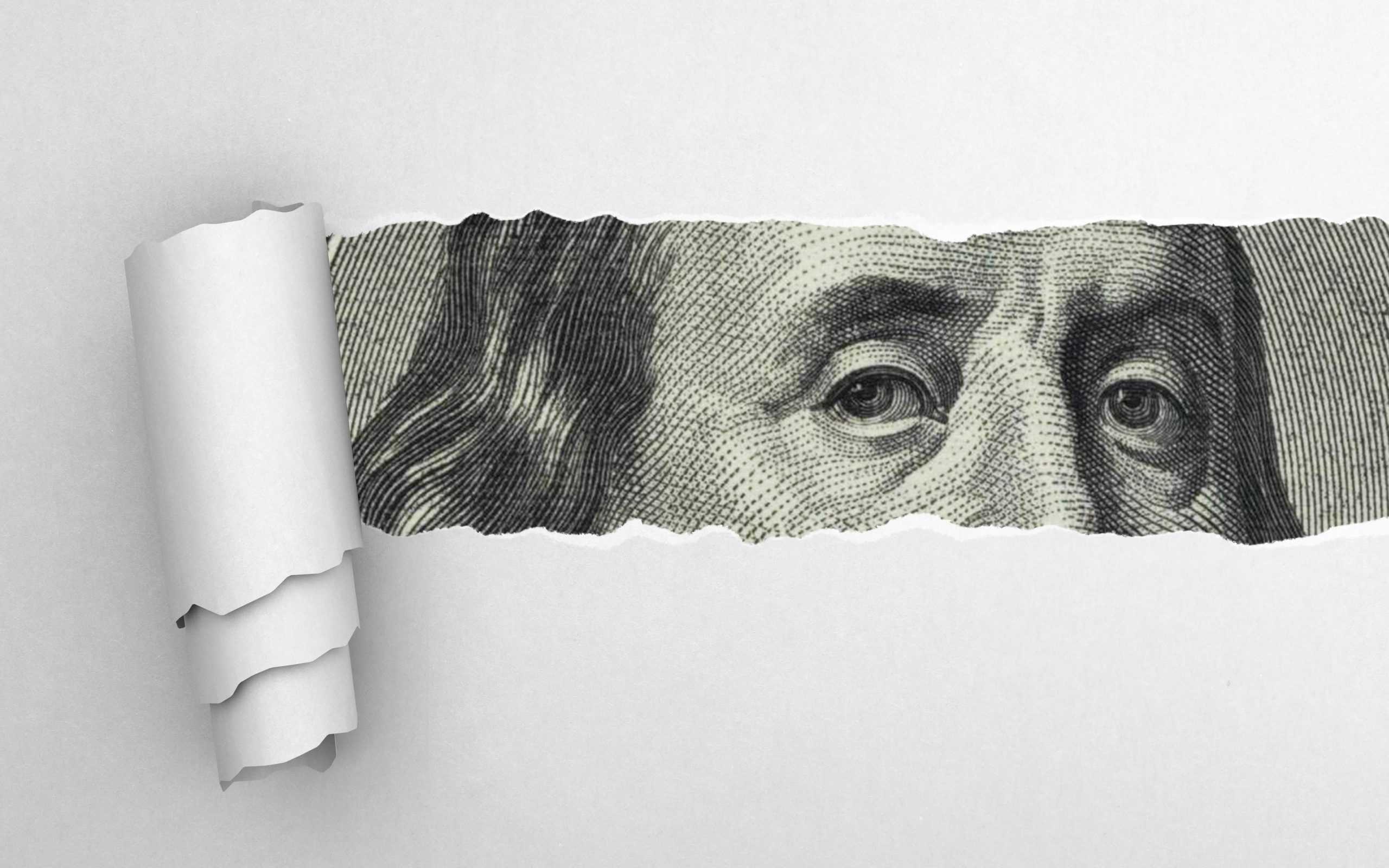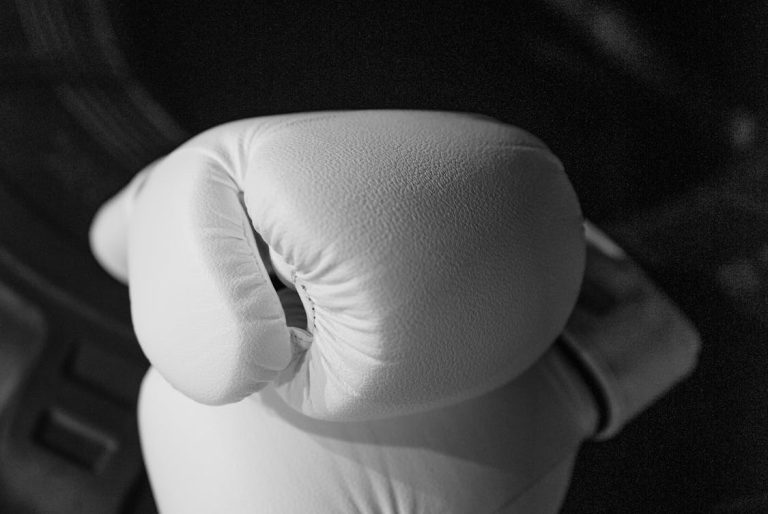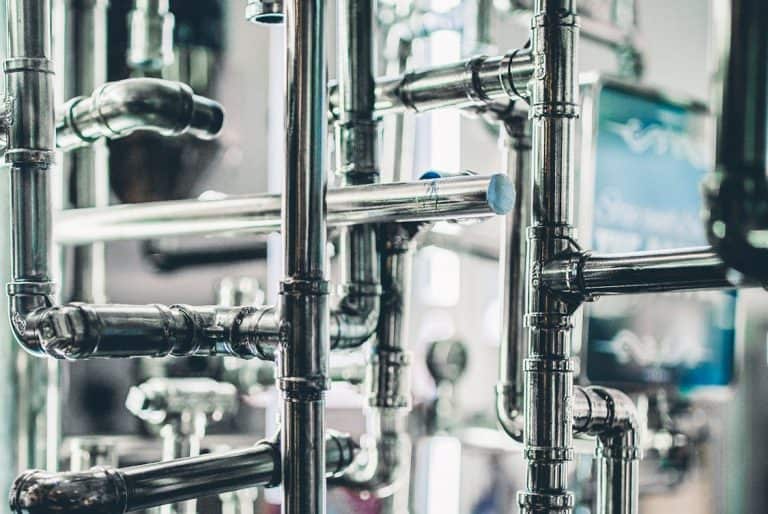His creations include:
- Lightning rod
- Bifocal glasses
- Franklin stove
- Odometer
- Glass harmonica
- Flexible urinary catheter
- Long arm (for reaching high objects)
- Hand paddles (for swimming)
- Phonetic alphabet
- Daylight saving time concept
The Lightning Rod
Benjamin Franklin’s fascination with electricity led to a groundbreaking invention: the lightning rod.
This simple yet effective device consists of a metal pole installed on a building’s roof, connected to the ground by a wire.
When lightning strikes, the rod attracts the electrical charge and guides it safely into the earth.
This invention has saved countless structures from fire and damage. The lightning rod’s importance in protecting buildings and lives cannot be overstated.
It remains a crucial safety feature in modern architecture, demonstrating Franklin’s lasting impact on society.
Bifocal Eyewear
Benjamin Franklin created a smart fix for vision problems in his later years. He made glasses with two parts. The top helps see far away. The bottom helps see up close. This solved the need to switch glasses for different tasks.
Franklin’s idea was simple but clever. He cut lenses in half and put them together. A small line showed where the two parts met.
This new type of glasses helped older people who had trouble seeing things nearby.
These special glasses have two different strengths in one lens. People can look through the top to see distant objects clearly.
When they need to read or do close work, they can look through the bottom part.
The Franklin Stove
Benjamin Franklin’s ingenious creation, the Franklin stove, marked a significant advancement in home heating technology.
This cast iron marvel, also called the Pennsylvania fireplace, offered numerous benefits over traditional open hearths.
Its closed firebox design promoted cleaner combustion by guiding air through a series of channels and openings.
This clever system resulted in more efficient heating and reduced smoke production.
Safety was another key feature of the Franklin stove. Its low-profile construction minimized the risk of sparks escaping and potentially causing house fires.
The stove’s innovative design quickly gained popularity, becoming a common fixture in American homes for many years.
• More efficient heating
• Less smoke production
• Improved safety features
• Widespread adoption in households
The Distance Measuring Device
Benjamin Franklin created a tool to measure travel distances while working as Philadelphia’s Postmaster. He needed a way to figure out how far apart mail stops were.
His invention attached to carriages and counted wheel turns to show how far they went.
The device had gears and wheels that spun as the carriage moved. This helped Franklin make mail routes more efficient.
The tool he made was an early version of what we now call an odometer.
The Glass Harmonica
Benjamin Franklin created a unique musical instrument called the glass harmonica in 1761.
This invention came after he watched a concert in England where someone played musical glasses.
The glass harmonica uses a set of glass bowls to make sounds. Players rub wet fingers on the edges of the bowls to create music.
The friction between fingers and glass makes the special tones.
The glass harmonica became quite popular in the 1700s and 1800s. Famous composers wrote music for it.
Mozart and Beethoven both made pieces for this unusual instrument.
The glass harmonica’s sound is often described as ethereal or otherworldly. It adds a distinct flavor to musical compositions.
Flexible Urinary Tube
Benjamin Franklin created a new medical device to help his brother. John Franklin had kidney stones, which caused him pain.
At the time, doctors used stiff metal tubes to drain urine. These were very uncomfortable for patients.
Benjamin came up with a better design. He made a tube from silver pieces linked together. This allowed the tube to bend and move.
The flexible design made it easier to use and less painful.
The Reach Extender
Franklin created a tool to help grab items from high places. This device had a long handle with a claw at the end.
It let people pick up objects without climbing or stretching. The tool was simple but useful. It solved a common problem in an easy way.
This invention showed Franklin’s skill at making practical things.
Swimming Aids
Benjamin Franklin created wooden paddles for his hands to improve his swimming in London.
These simple devices made moving through water easier.
Franklin’s invention showed his knack for finding practical solutions to everyday challenges.
The hand paddles were an early example of swim training aids that are still used today.
The Phonetic Alphabet System
Benjamin Franklin developed a unique alphabet in 1768.
This system used 36 symbols to represent English speech sounds.
The goal was to make spelling easier and boost reading skills.
Franklin’s work laid the groundwork for future phonetic systems. His ideas influenced the creation of more advanced alphabets used today.
Shifting Time
Daylight saving time changes clocks to use more sunlight. The idea came from a joke.
In 1784, a famous American wrote a funny story about saving candles. He said people could wake up earlier in summer to use more daylight. This wasn’t meant to be real.
Many years later, countries started to use this idea. They wanted to save energy and use more natural light.
Clocks move forward one hour in spring and back in fall. This gives people more daylight in the evening during summer months.
- Spring: Move clocks forward 1 hour
- Fall: Move clocks back 1 hour









